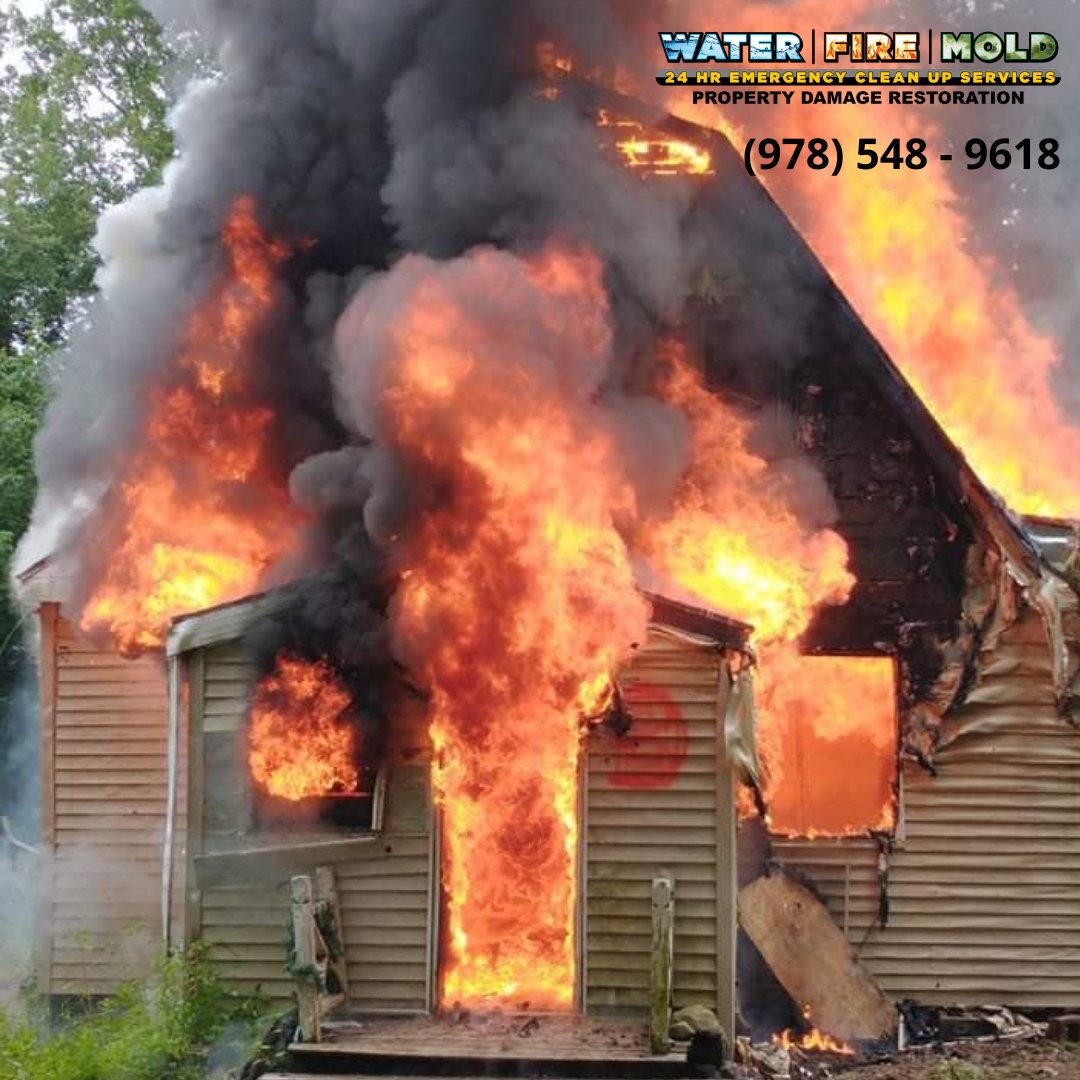More About Dry Star Restoration
More About Dry Star Restoration
Blog Article
The 8-Minute Rule for Dry Star Restoration
Table of ContentsDry Star Restoration Things To Know Before You Get ThisThe Of Dry Star RestorationRumored Buzz on Dry Star RestorationNot known Facts About Dry Star RestorationHow Dry Star Restoration can Save You Time, Stress, and Money.
Within minutes, the kitchen area was ablaze, causing extensive damage and calling for months of repair job. Specifically in winter season, home heating systems are a typical fire threat. Defective circuitry or placing heating units also close to combustible products like curtains can fire up a fire. Constantly maintain heaters away from anything that can shed and evaluate them on a regular basis.
Data: According to the National Fire Security Organization, home chemicals are responsible for a noteworthy percent of home fires each year. By understanding these usual causes, you can take steps to make your home more secure.
See This Report on Dry Star Restoration

Trick issues consist of: Water Intrusion: Water can leak into walls, floors, and furnishings. This can damage the architectural integrity of your home. Mold Growth: If water is moist rapidly, mold and mildew can start to expand within 24-48 hours. Mold and mildew can trigger wellness issues and additional damages to your residential property. Structural Weakening: Water can compromise wood structures and trigger steel components to rust, making your home dangerous.
It's important to resolve all these facets to fully restore your home. Next, we will study the actions associated with the fire damage restoration process. Fire remediation is the procedure of cleansing, fixing, and recovering a building that has been harmed by fire. The objective is to return the property to its pre-loss condition, indicating it looks and operates as it did prior to the fire.
Dry Star Restoration Fundamentals Explained
Particles Elimination and Demolition: Damaged products are securely removed, and any type of harmful substances like asbestos are dealt with suitably. Fire damages encompasses a number of types of injury to a residential or commercial property: Physical Damages: This consists of charring, smudging, and disintegration of products directly impacted by the fire.
Water Damage: Water made use of to extinguish the fire can lead to structural weakening and mold and mildew development if not correctly taken care of. Fire restoration experts utilize specialized methods and tools to resolve all these kinds of damage, making sure the residential or commercial property is risk-free and habitable when again. Next, we will study the steps associated with the fire damages reconstruction procedure.
From state-of-the-art water extraction tools to specialized devices for smoke and residue elimination, we have actually the sources required to recover your home to its pre-loss condition. Our methods are developed to be complete and effective, decreasing more damages and accelerating the healing process. Our team is composed of licensed technicians that are specialists in fire damages restoration.
An Unbiased View of Dry Star Restoration
Their knowledge makes sure that every work is done right, providing you with comfort throughout a hard time. If you require fire damage reconstruction services, don't wait to call us. We're here to assist you recover your home and your life after the fire. Last modified on 15th of July 2024.
(https://www.reverbnation.com/artist/drystarrestoration)If there's a fire, smoke makes certain to follow. While the fire's smoke is made up of elements that make your home unsafe to be in, the damages smoke leaves behind does not stop there. Smoke will certainly float to apparently every part of your home, staying with furnishings, decoration, curtains, walls, ceilings, floorings, and much more.
The water will certainly soak right into the charred materials and infected other locations of the home untouched by the fire. If left unattended or missed out on during fire damages restoration, the water damages will just intensify with time and can bring about mold development, safety problems for your home's framework, and unsightly appearances around your space, consisting of warped floor covering, peeling paint, and noticeable spots.
8 Easy Facts About Dry Star Restoration Shown
Water reduction is usually the initial step of the fire, smoke, and water damage restoration process after a damages evaluation has actually been finished. This attends to the water content damage head-on and consists of actions to prevent additional issues for your area before, during, and after reconstruction. Inspection and damage control to assess the degree of water damageIsolation of water damages to influenced locations to ban water from infecting completely dry areasInspection of your home's structure for structural stabilityExtraction of any standing water from the propertyStructural drying with commercial-grade equipmentSite cleanup that will get rid of away particles, pack out salvageable material for repair, and make method for restoration servicesWe'll likewise complete additional damages reduction by boarding up damaged doors and windows, applying tarps to openings in roof coverings, and finishing other steps to avoid additional damages and dangers to your home while the repair services are taking location.
Many terms and summaries utilized by water and fire damage restoration contractors are rather obvious. However, the checklist of terms listed below should be helpful when you're connecting with the business you have actually employed. Any activity taken to protect against the development and spreading of fungi, mold, mildew, and spores. This can consist of utilizing solvents or chemicals as ingredients or barriers on structure materials to avoid fungi growth.
Report this page